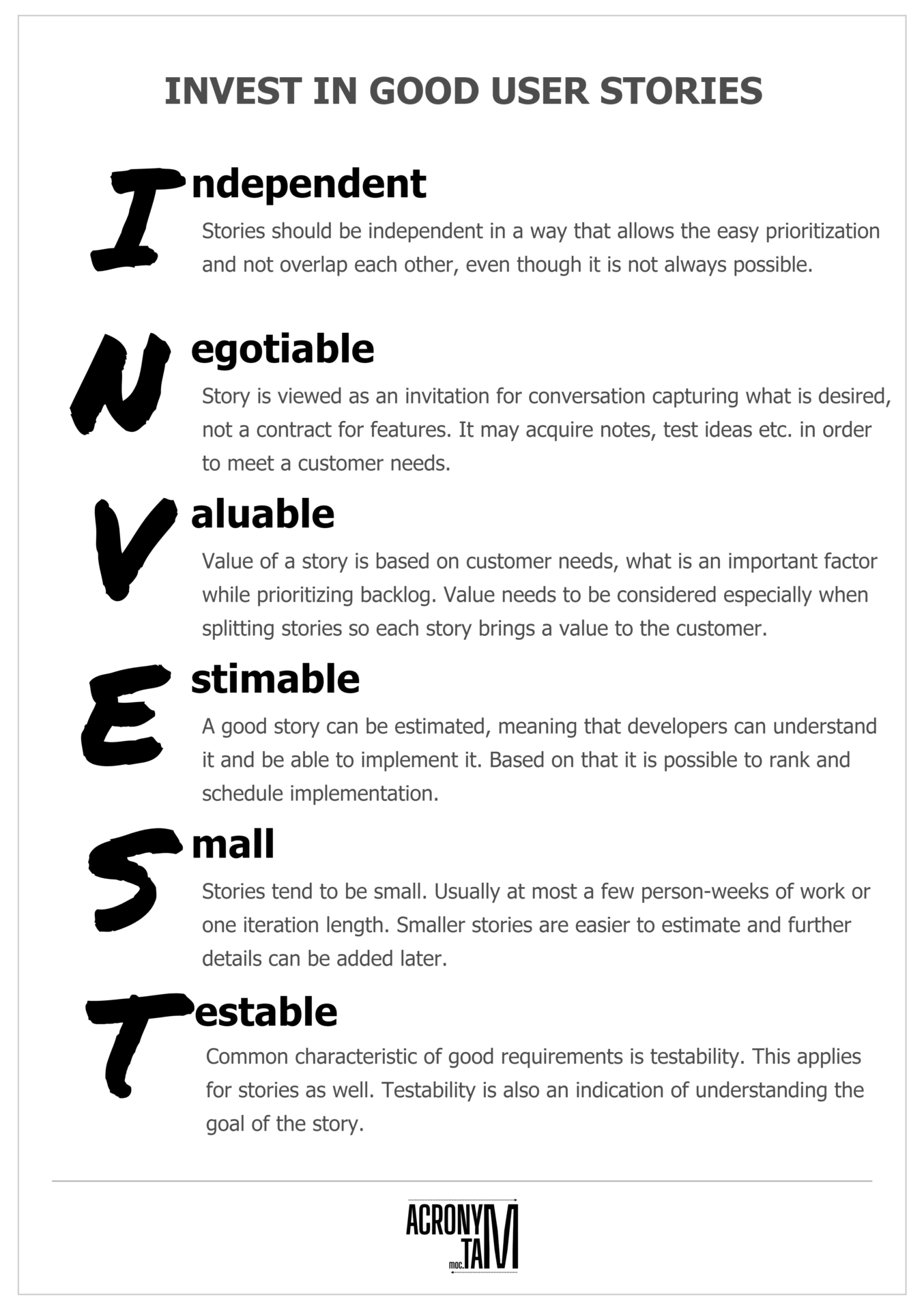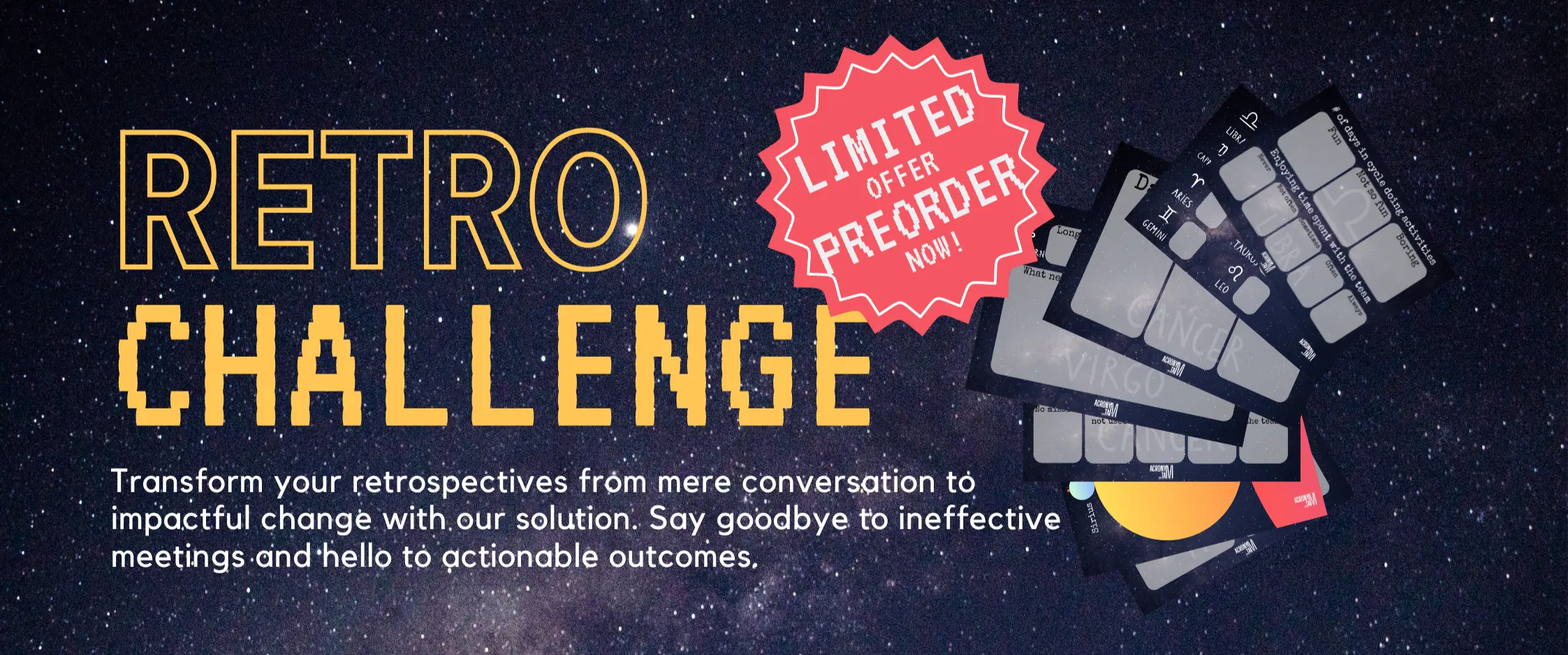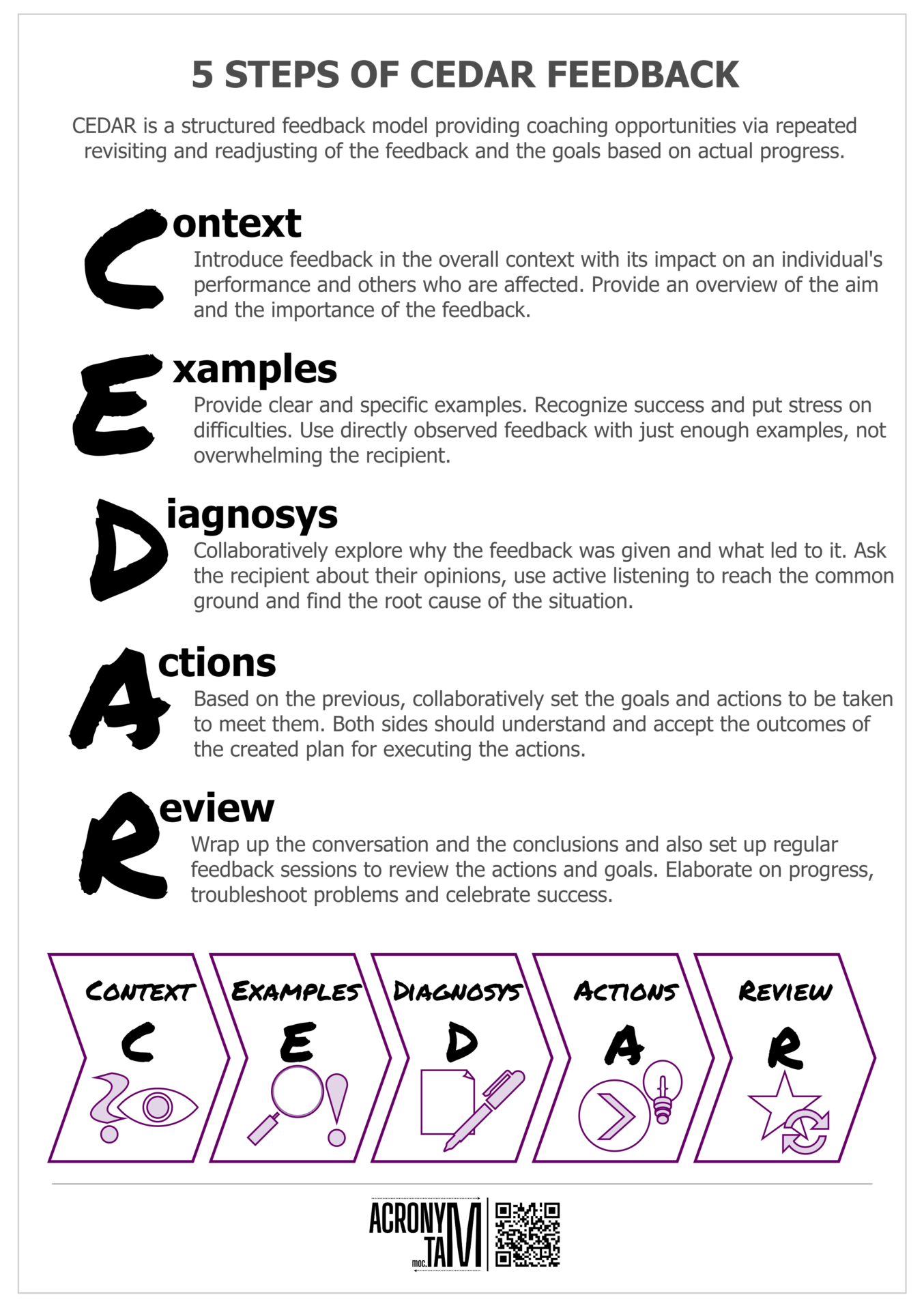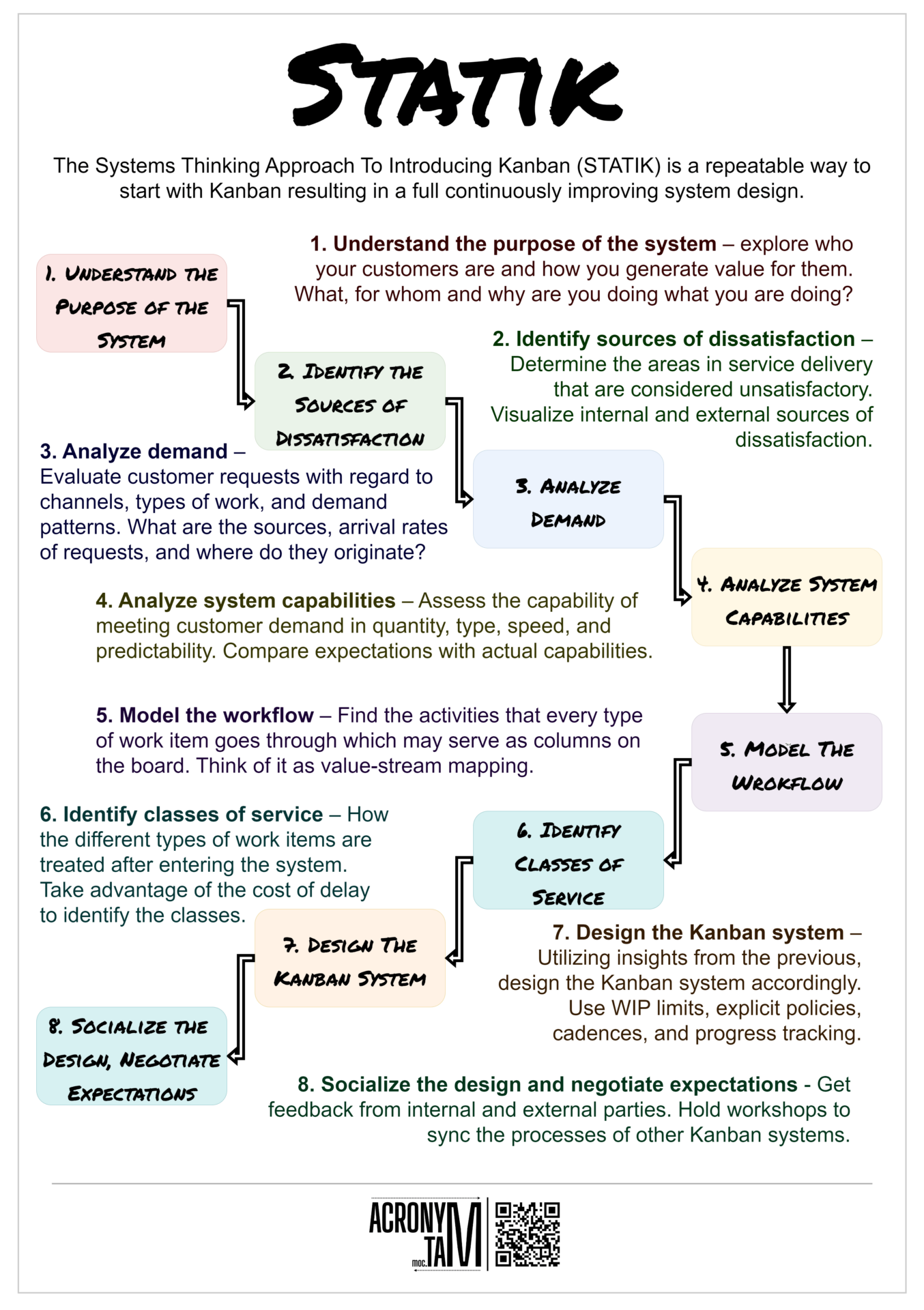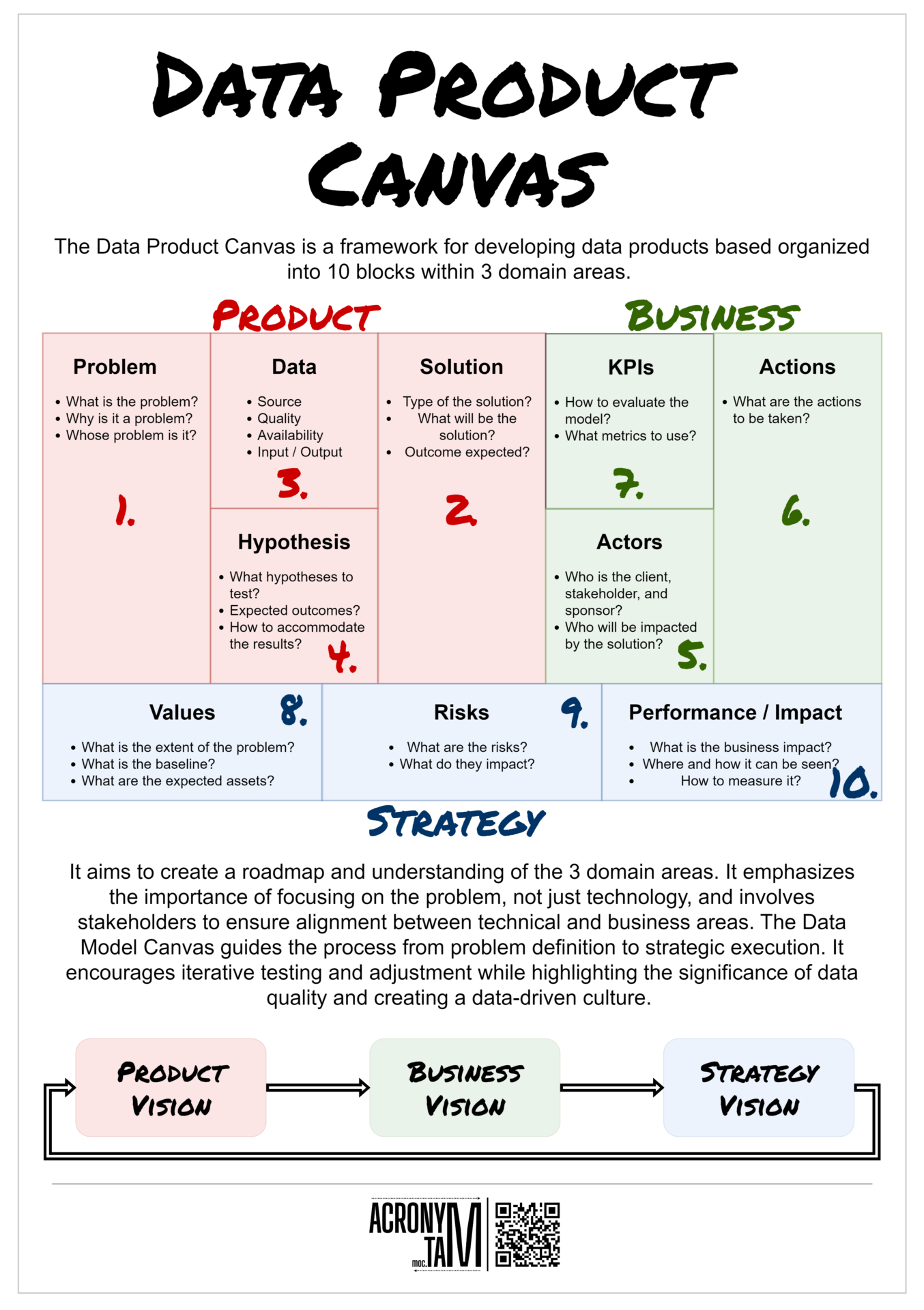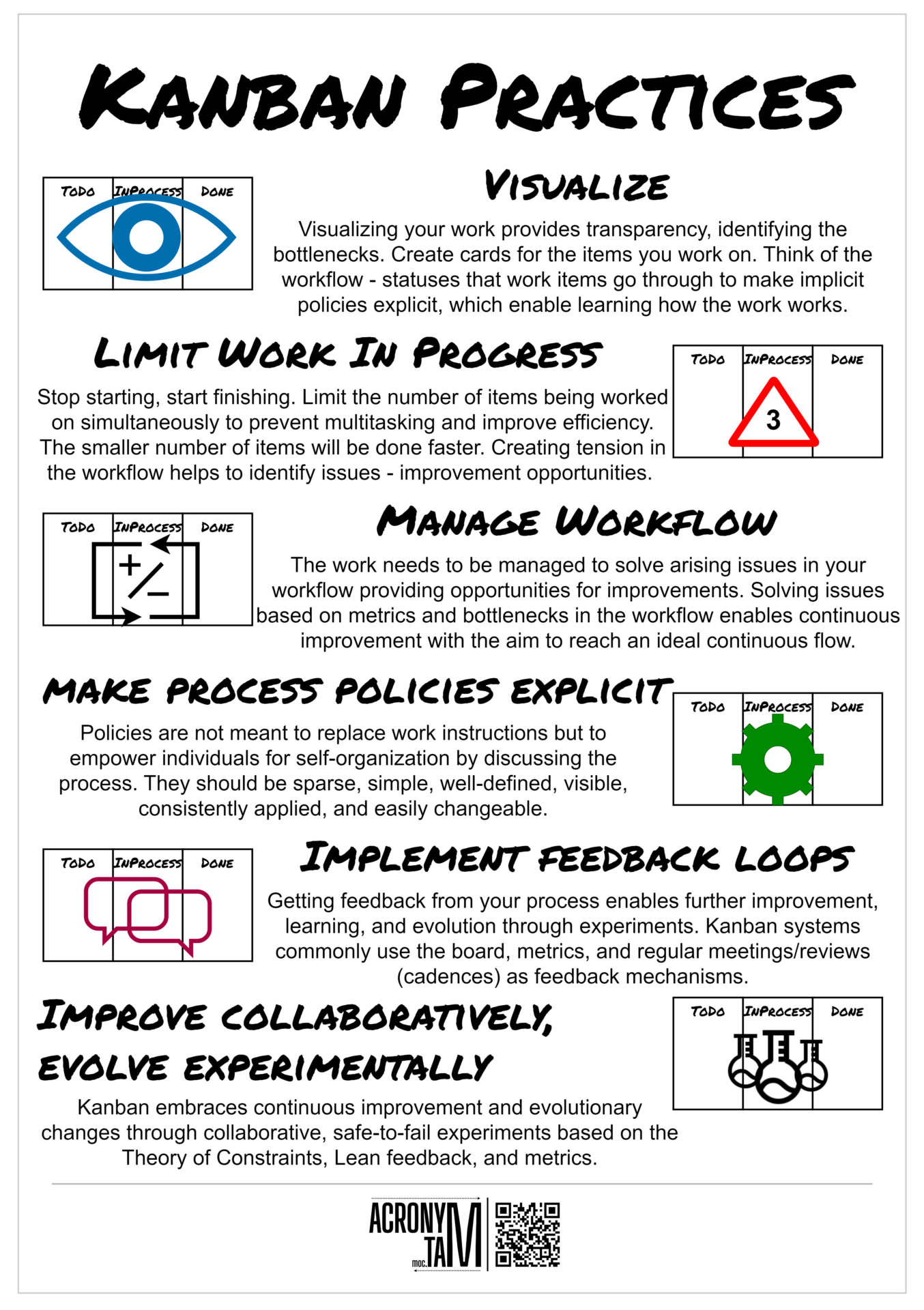Article
INVEST
Independent
Stories should be independent in a way that allows the easy prioritization and not overlap each other, even though it is not always possible.
Negotiable
Story is viewed as an invitation for conversation capturing what is desired, not a contract for features. It may acquire notes, test ideas etc. in order to meet a customer needs.
Valuable
Value of a story is based on customer needs, what is an important factor while prioritizing backlog. Value needs to be considered especially when splitting stories so each story brings a value to the customer.
Estimable
A good story can be estimated, meaning that developers can understand it and be able to implement it. Based on that it is possible to rank and schedule implementation.
Small
Stories tend to be small. Usually at most a few person-weeks of work or one iteration length. Smaller stories are easier to estimate and further details can be added later.
Testable
Common characteristic of good requirements is testability. This applies for stories as well. Testability is also an indication of understanding the goal of the story.
Resources
xp123.com medium.com wikipedia.org

